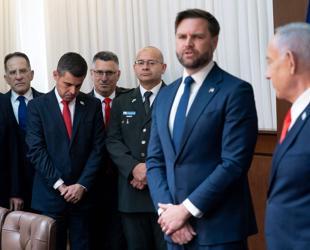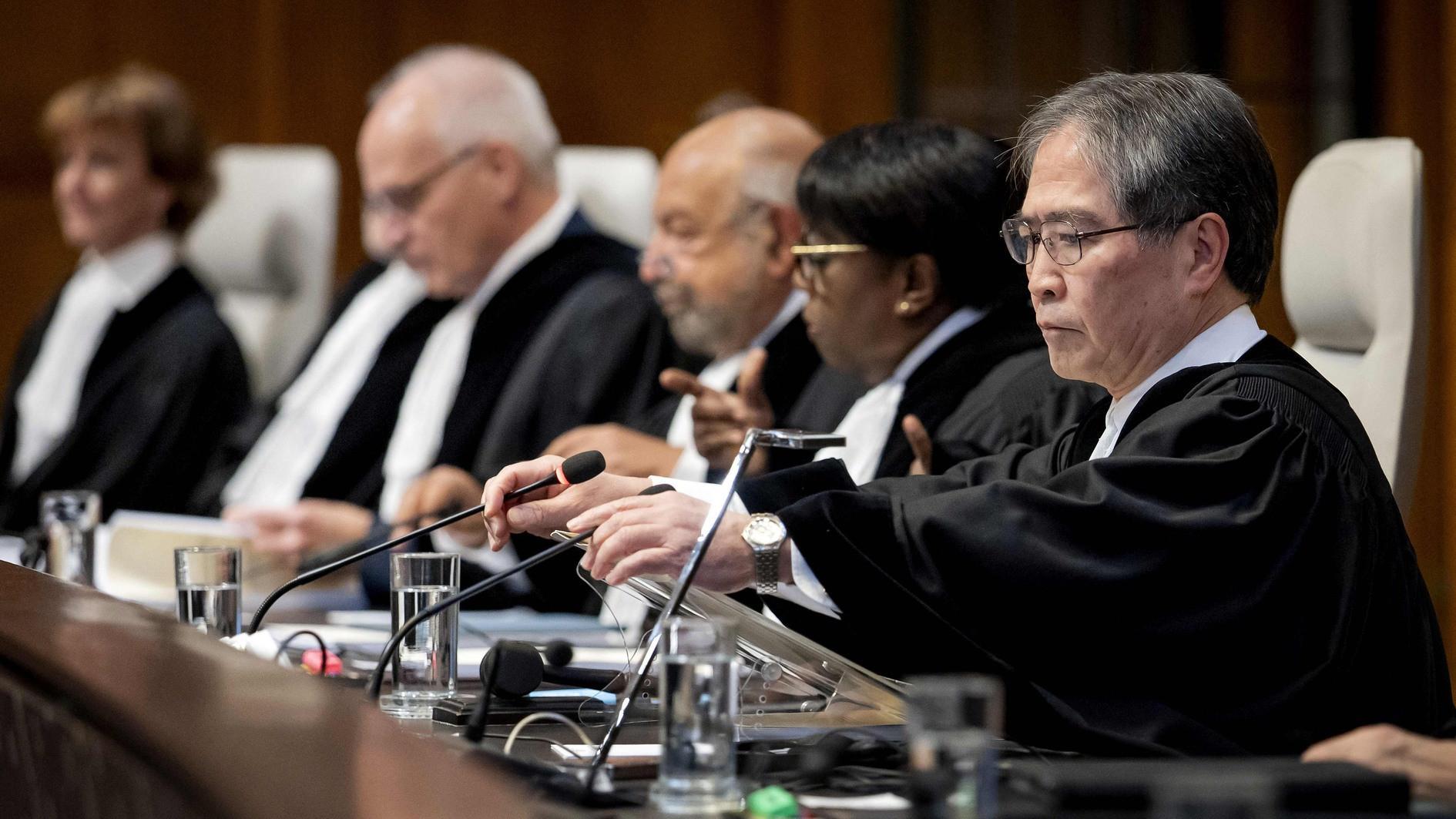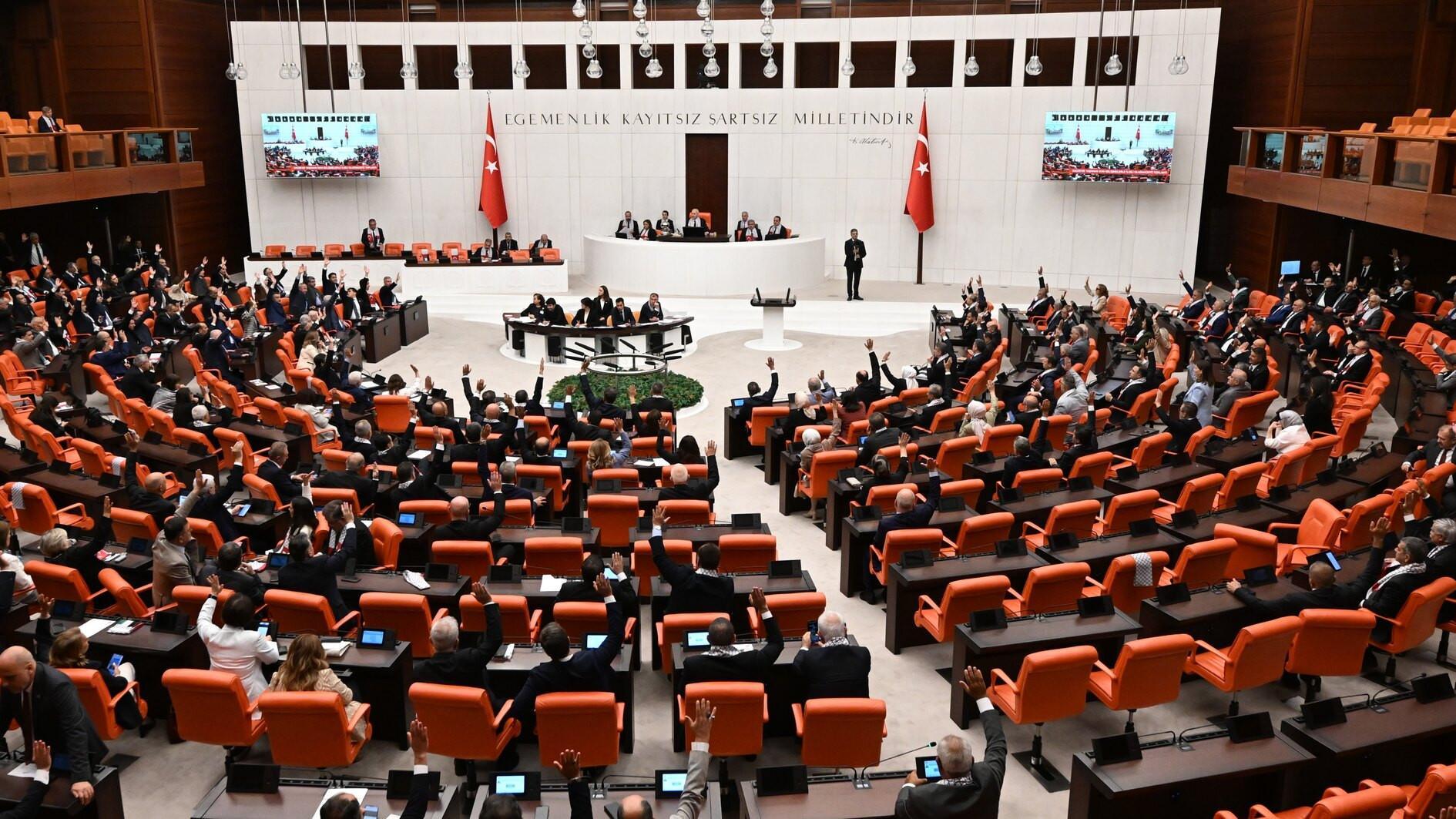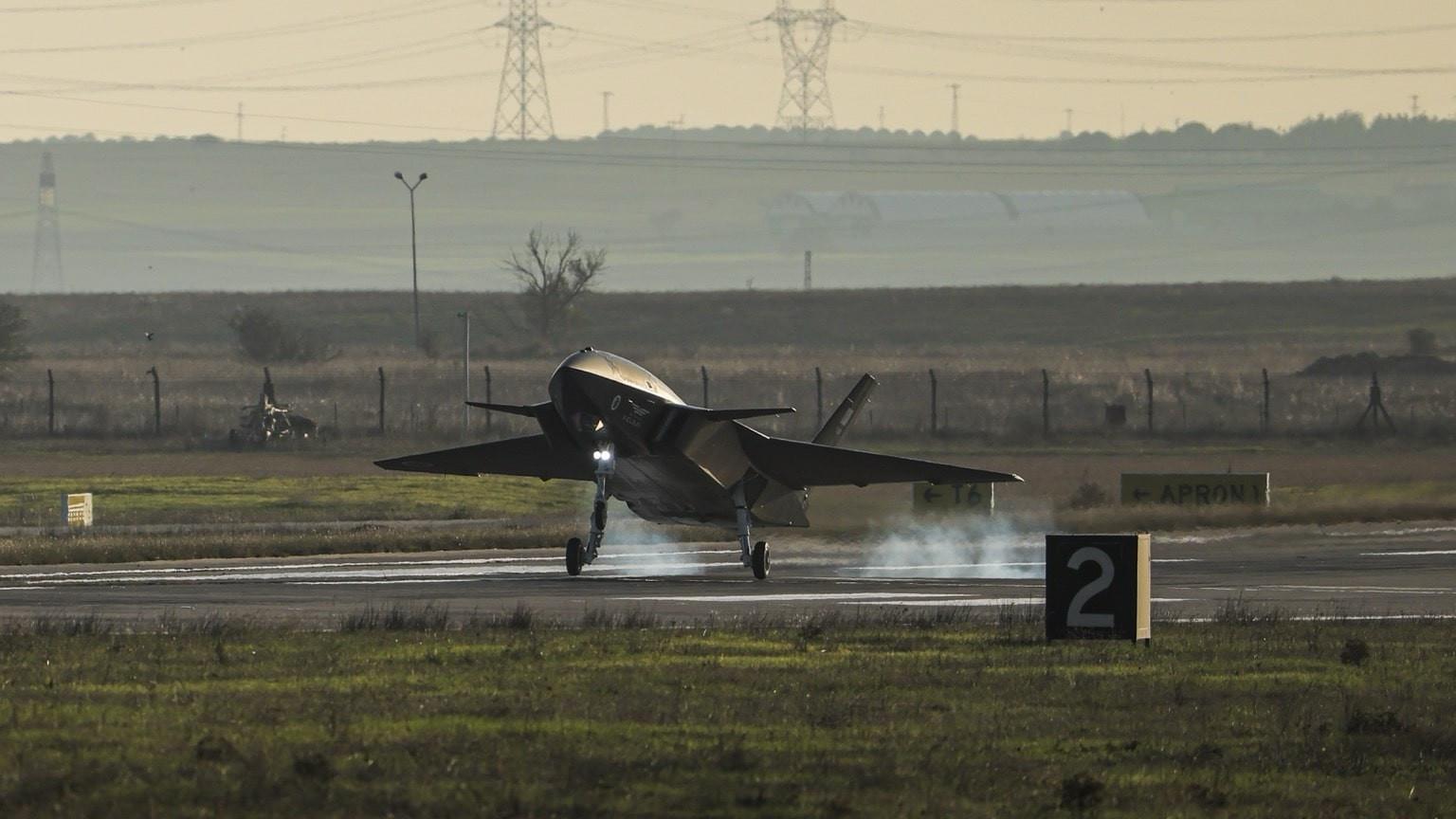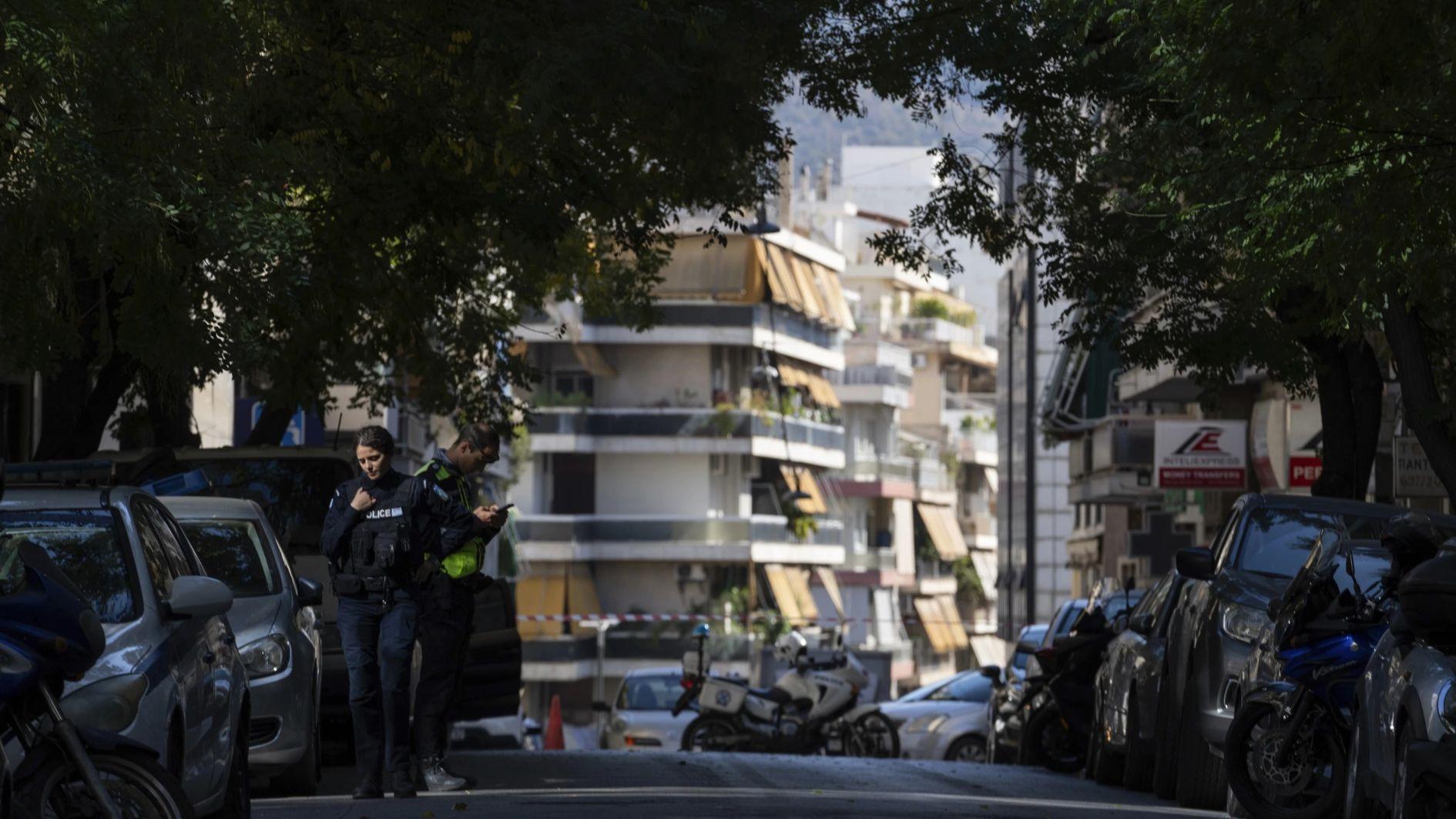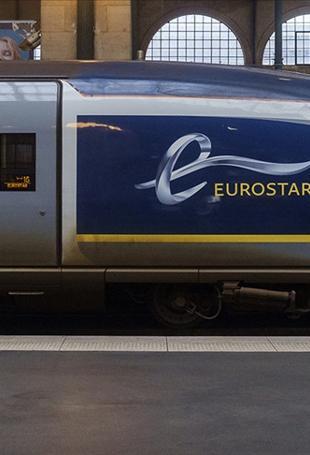İznik Basilica prepared for Pope Leo XIV’s visit
BURSA
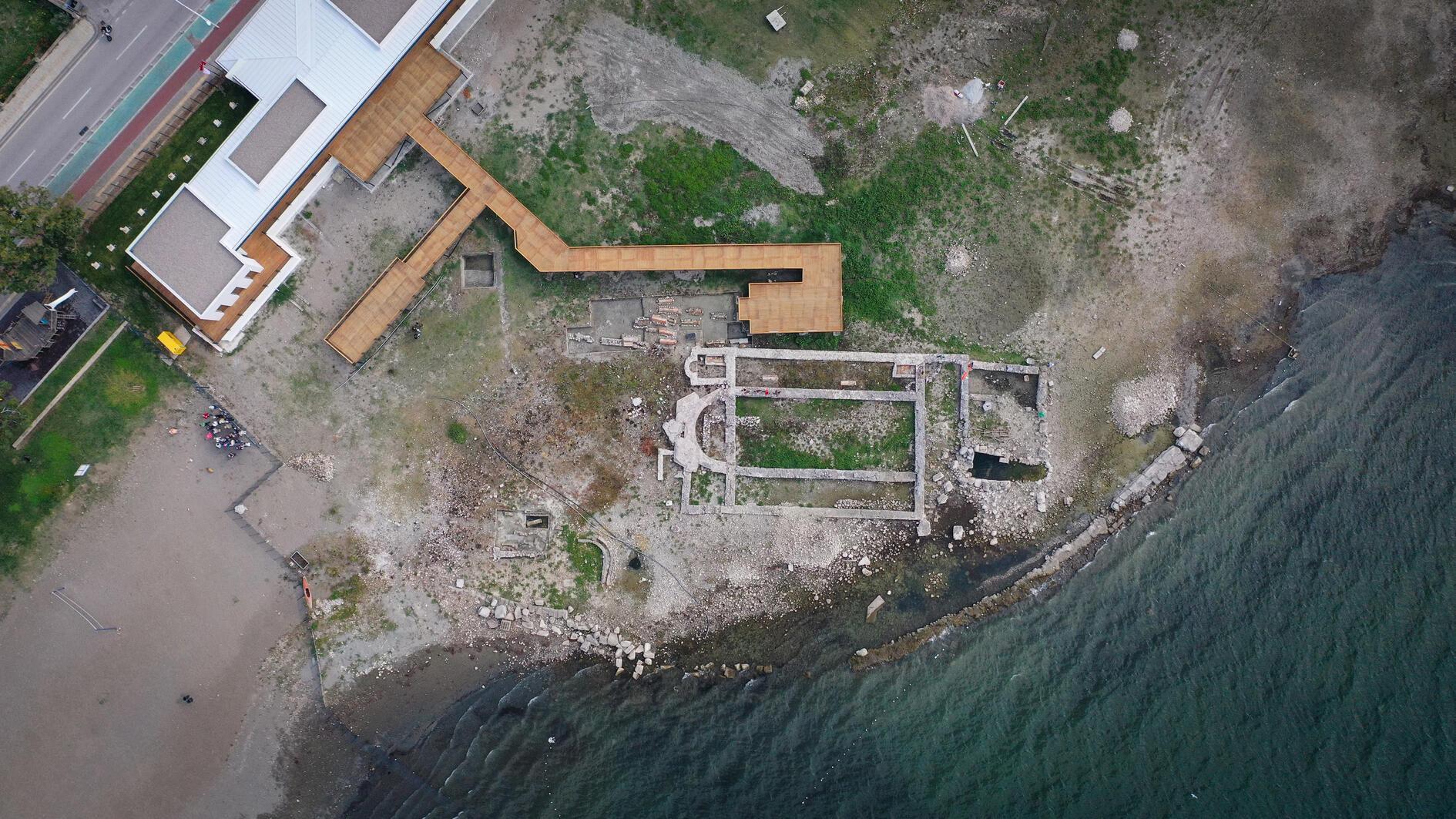
The basilica located just off the shores of Lake Iznik in the northwestern province of Bursa is being prepared to welcome Pope Leo XIV, head of the Catholic Church and the Vatican City State, at the end of November.
The underwater archaeological site is believed to be the location where the First Council of Nicaea, a seminal gathering of Christian bishops that shaped core tenets of Christianity, was held in 325. Excavations at the site have been ongoing since 2015 under the leadership of Professor Mustafa Şahin from Bursa Uludağ University’s Department of Archaeology.
Discovered 11 years ago about 20 meters from the shore and submerged 1.5 to 2 meters below the surface, the basilica is expected to host Pope Leo XIV between Nov. 28 and 30 as part of the 1,700th anniversary of the council. Preparations, including landscaping and exhibition arrangements, are currently continuing.
Şahin said a 60-person team of archaeologists, restorers, anthropologists and art historians is working to complete the preparations before the papal visit. “Our work will continue until the end of November,” he said. “We are focusing on exhibition and presentation efforts so that the site will be ready when the Pope visits.”
The basilica measures 20 by 40 meters and covers roughly 800 square meters, making it the largest known church in İznik. Şahin noted that its construction outside the city walls, an unusual choice for the period, is among the mysteries being studied.
Based on findings from excavations, Şahin and his team argue that the site corresponds to the long-lost Church of the Holy Fathers, widely referenced in Christian sources but never previously located. “Our hypothesis that this is indeed the Church of the Holy Fathers has gained recognition in the Christian world,” he said.
According to archaeological findings, the basilica was first built as a small church dedicated to Saint Neophytos, but was destroyed in an earthquake in 358. It was rebuilt around 380 as the Church of the Holy Fathers. Historical texts indicate that the First Council of Nicaea took place in a small church in İznik, which Şahin’s research suggests corresponds to this site’s earliest phase.
This year’s excavations, which began in March, have focused on tombs inside the southern nave and around the apse. Şahin noted that the graves revealed distinctive characteristics: “Some skeletons show fractures and deformities, while in others multiple individuals appear to have been buried together, possibly martyrs who died for their faith.”
The team has uncovered 37 graves so far. “We restored the damaged tile-covered tombs to their original state,” Şahin said. “Instead of removing the skeletons, we documented and reburied them in situ. The restored tombs are now preserved in a way that allows them to be viewed by visitors.”

